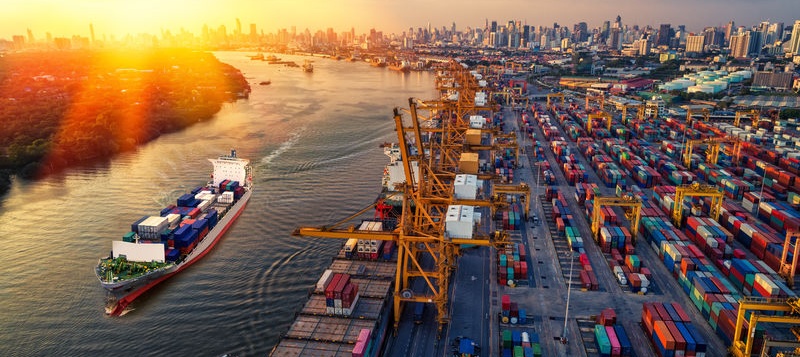Foreign trade, also known as international trade, is to trade with customers in different countries, compared with ordinary domestic trade, foreign trade is indeed a very different industry. The red tape and jargon can be daunting. In particular, some new entrants to foreign trade do not understand the export process of foreign trade. In order to make you familiar with the export process so as to better do international trade, the following is a foreign trade export process steps for everyone’s reference.
The export process of foreign trade is generally divided into five steps: the work before and after signing the foreign trade contract; Goods preparation, consignment, inspection; Customs declaration and shipment; Settlement and collection of foreign exchange; Write off tax refunds.
1. Work before and after signing a foreign trade contract
(1) Business research and relationship establishment before signing foreign trade contracts.
First we need to find our target customers. When trading with businessmen from different countries, due to the limitations and differences of language and region, we need to bear greater risks when doing trade, especially credit risk. Therefore, the work of export investigation is very important. Before signing a contract with foreigners, we must do a detailed investigation of the market in the export area to find out the details of the importer and the local market, as well as the shipping routes and terminals.
(2) Reminder, examination and modification of foreign trade contracts after signing
After the signing of the foreign trade contract, the seller should be urged to open a valid L/C in strict accordance with the terms of the contract. Immediately after receiving the L/C from the buyer, we will organize verification and carefully check whether the L/C conforms to the terms of the contract, whether there are terms that we cannot do, whether there are terms traps, etc.
2. Goods preparation, consignment, inspection and preparation
(1) Sign a supply contract with the factory, strictly control the quality of the supply according to our requirements, and solve the first transportation problem (transportation from the factory to the dock).
(2) The inspection work is generally arranged by the factory, and the inspection procedures are as follows:
Application for inspection – Payment of commodity inspection fee – sampling test or technical appraisal by Commodity Inspection Bureau – Obtaining commodity inspection replacement voucher – Exchange for exit goods customs clearance – (issue of quality certificate, if necessary) Documents required for export inspection: inspection authorization, inspection form, invoice, packing list, copy of contract and L/C, other certificates.
(3) At the same time of inspection, arrange consignment, send a letter of attorney to the freight agent to arrange chartering and booking space.
3. Customs clearance and shipment
By professional customs clearance personnel, with packing list, invoice, declaration letter, export settlement and verification, copy of export goods contract, export commodity inspection certificate and other materials to go to the customs clearance procedures, you can also entrust freight forwarders to do customs clearance.
4. Foreign exchange settlement and collection
The bill of lading(B/L) is a document used by the exporter to take delivery of the goods and settle foreign exchange after the exporter completes the export customs clearance procedures and the customs release.
5. Write off tax refunds
Documentation and financial personnel also need to handle export receipts and tax refund procedures.
In the actual process of foreign trade export business operation, there will be more details, and there will be a variety of sudden troubles, which can be analyzed and solved according to the specific situation.
Post time: Jun-14-2024

